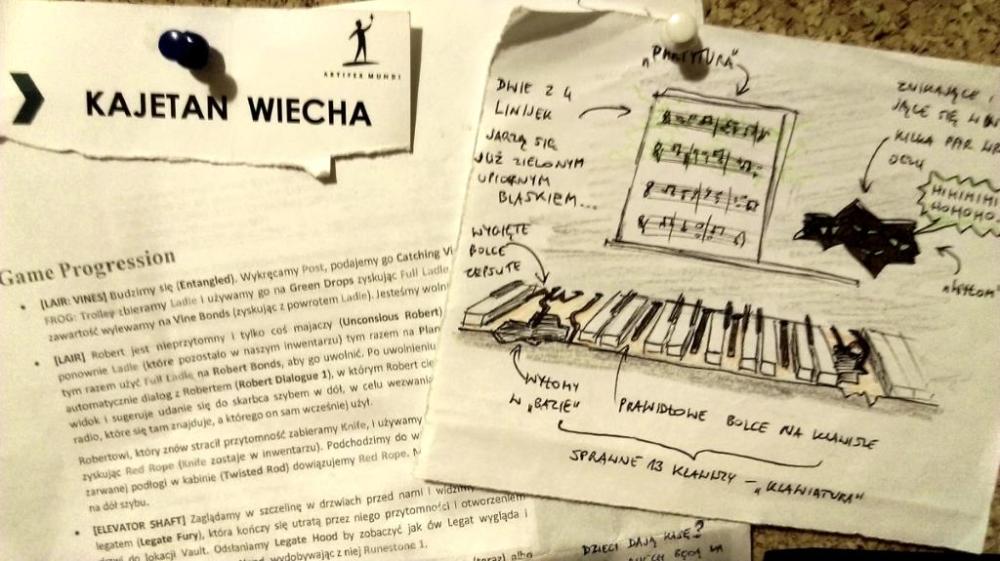Next title I made together with casual famous Artifex Mundi.
Next that showed me, how the great quality teamwork becomes the great quality game. Once again production focused on details, plentiful brainstorms and viable cooperation of experts from varying specialties.
I think that this game was the first endeavor in my career that gave me this deep feeling of gratefulness for being a designer. By leaving me much space for creative freedom, the team had let me to develop and express myself as a creator I am now.

Why do I notice that particular support, remembering this project? Any medium-sized video game is in fact a big and complex system, as I mentioned before on my blog. While designing such a massive product, every designer must be aware of one important thing.
You probably won’t do it alone in a quality that would please you or your players.
So, you claim to be the master of your craft. You think you know how every little piece of your game’s software works. Better: you instinctively feel what emotions your game will bring to the players. Great. But the real masters know the simple truth: With every new project you also start anew. We improve, yes, but never in the same way as before.
Let’s place ourselves in 2015’s GDC Europe now. Plenty of lectures focused on teamwork and its role in development of games. Jim Brown of Epic Games was discussing the modern type of open game development with Epic’s “Unreal Tournament”. He postponed one massively inspiring theory, that stucked in my mind since then:
“Game development is a social science.”
Making these few HOPA games taught me on the first place how to be the mediator. I learned how to compromise between many different people, with many different visions — me included. I consider it to be one of my most precious skills as a designer. With being a good mediator, you’re ready to take part in any project of any size, willing to cooperate – and knowing how without knowing exactly how.
That realization wouldn’t happen, if not thanks to my team. They gave me their support, space and often turned a blind eye on my failures, instead focusing on what I did best. These best things made it into the final game, the failures went dead as they should after they brought me a valuable lesson.

To sum up this memory of a game’s development, here goes my advice to you:
While doing any creative project — focus on your role and give it your best, but never forget to leave some creative space for the others.
It’s neccesary when developing games, e-commerce apps or organized events. Everyone of your team will do things different than you. I bet not like you imagined these things should be. Accept it. It’s the very point of any cooperation, especially if you are in charge.
You have to trust other people.
In my opinion only that would allow you to take part in something big someday. Trust is hard to come by these days, I know. But you should find it in yourself and in others. It’s worth it.
/ Des
More about the casual games I made with Artifex Mundi in next entries.
My creative part in this title:
– Design of MiniGames and Hidden Object Scenes;
– Full design of Collector’s Edition special Adventure’s game progression, locations, characters, MiniGames and Hidden Object Scenes (in cooperation).
Cooperation (design & production):
Michał Michalik, Robert Mikuszewski
